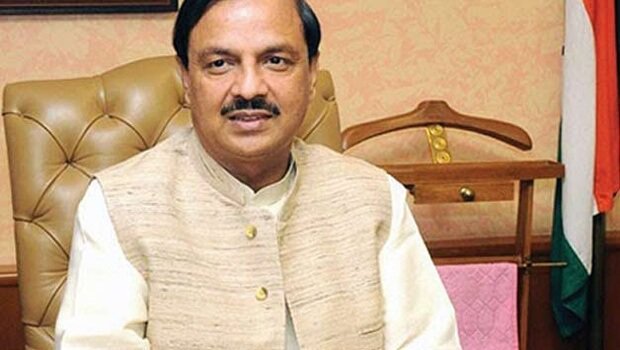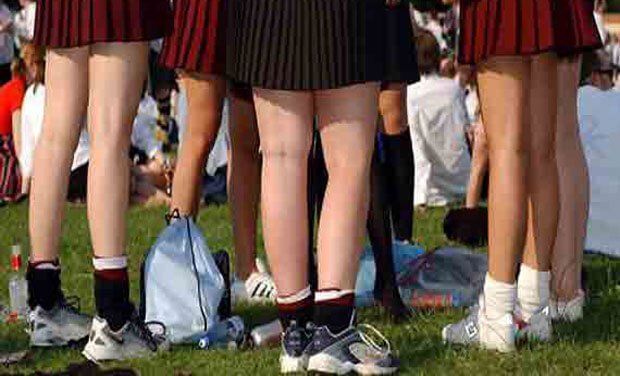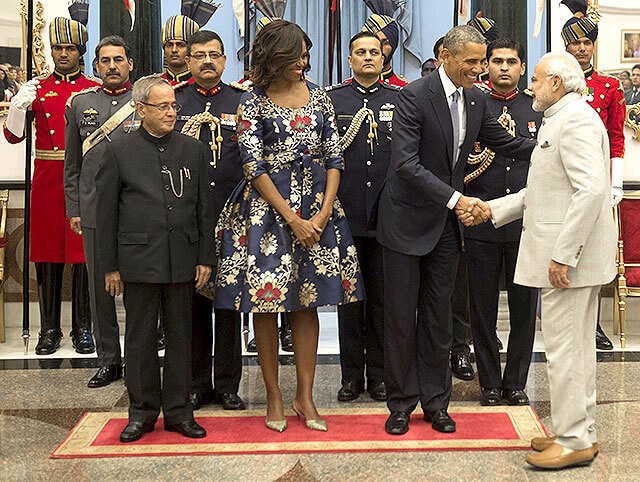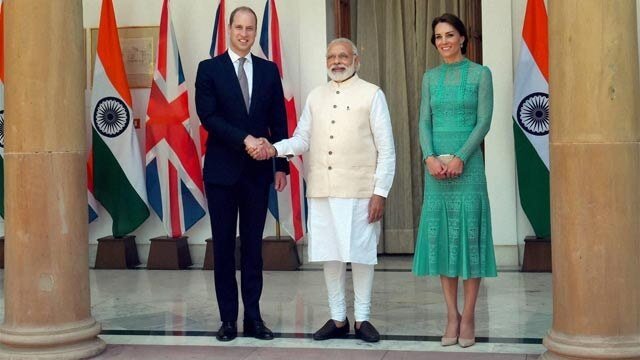The culture and tourism minister, Mahesh Sharma is a habitual and repeat culture offender. In the past, he has put forth gems such as “Quran and Bible not central to India’s soul” and that “night outs for girls is not part of Indian culture. He also pledged to cleanse India of westernisation and “cultural pollution” and reclaim our culture. Sharma has once again had a culture seizure. He has advised tourists to “avoid skirt” when visiting. When prodded, he has assured us this is only cautionary as an “advisory”, there is no official diktat, that he has no intent to “ban” skirts.
Gee, thanks. What a relief. Skirts may not be banned, but Uncle Sharma’s unsolicited advice is still offensive, alarmist, regressive and aimed at endangering our freedoms.

Why is so much hullabaloo being made over a remark over a skirt? Is wearing a skirt all that important? The importance of the skirt is proved by Mahesh Sharma – and other fellow uncle-jis – repeatedly chasing it. From Chandigarh, where it was almost deemed seditious. To Mangalore, where girls in pubs – prescribing to skirts and drinks culture – were beaten up. From Mahatma’s piece of cloth tied around his waist which Churchill commented on, to the slut walk – a movement to rid the gender of sexual shaming – the garment is a political tool.
Clothes matter, and more specifically, women’s clothes matter because they are a yardstick of the autonomy of a woman’s body.
The dancing girl of Mohenjo Daro, naked save for bangles and a necklace, is unusual for her confidence – despite being unclothed, her pose and demeanour suggest sexual authority and body autonomy, so much so that the observer may forget or overlook her nudity. Her calm confidence is so arresting.
This is the sexual ideal modern feminists aim for: where the body becomes unimportant, the gaze stops objectifying the female body which is supreme and sovereign by itself, without the need for clothing symbols to declare it to be so. Female sexuality is unthreatening, taken as a given, and therefore unremarkable.
The statue is art – the period itself points to women wearing skirt-like garments in this time – but it is profound for the message it sent out. Given that the modern world with its religions and governments is still struggling with the extremes between sexuality and objectification, physical autonomy and oppression.
In the modern world, hemlines have a history. They are documented as first appearing on fashion runways in response to the economy during World War II when official regulations in the US set a limit to skirt lengths to conserve textiles. From then, women had tasted blood. Fashion runways began to be watched obsessively for the rise and fall of hemlines (Christian Dior was called the tyrant of hemlines for his post-war new look, when he tried to reintroduce long full dresses after the frugal war period). It was not long before the enduring items of women’s wardrobe, the mini skirt and the little black dress, were born.
Another modern myth about the hemline is that it rises in times of economic prosperity when designers use less cloth and more mark ups to rake in profits, as people are willing to be more reckless with expenditure. Another abiding theory is that when women are depressed and in need of confidence, they shorten their hemlines – hemlines are to the body what chocolate is to the soul.

To say skirts are not “important” is to strip them of their political message, their power of expression, their symbol of gender freedom, and their ability to drive the giant fashion economy. To say skirts are unimportant is simply stupid in every way.
But… Mahesh Sharma was only saying what any well-intentioned daddy would say. He’s not banning the skirt, only cautioning about its use in a culture that is different than what Westerners are used to. What’s the big deal?
Besides the general point that the state is nobody’s daddy and also that people must speak for their own individual daddy and not others’, Sharma’s cautionary advice is a *very* bad idea on several levels.
One, there is no proven link between hemlines and sexual assault. To suggest there is one would be to put ideas in people’s heads, or at the very least, justify an attack on grounds of hemline.
Two, it is the state’s job to improve security for all, not pass judgments on hemlines as a seemingly probable cause of sexual violence.

But, but, but… other countries put out advisories for citizens visiting Asia…
Other countries give out advisories to citizens going out of their country, but a state advising people visiting on what they should probably wear is entirely different. Again, no one is suggesting patriotism means putting innocent visitors at risk, but if there was any proven link between hemlines and attacks, it would be different: there isn’t.
Women are raped when in salwar kameez as in jeans, as in skirt. So therefore, culture and tourism minister giving this advice is drawing his own lines of modesty and links to violence, which do not exist. To accept his random view as “reasonable”, would be to accept the link, and therefore to further accept state policing of our clothes. From then on, it’s hello, Saudi Arabia.
Finally, in diplomatic language, where deference to sentiments of cultures becomes a political tool, hemlines guard our liberalism.
From her descent from Air Force One to the official dinner at Rashtrapati Bhawan, Michelle Obama wore knee-length to above knee-length dresses. She was dressed as she would be in the White House, a reassuring signal to the Obamas’ faith in Indian liberalism, and in sharp contrast to Saudi Arabia where the First Lady appeared in black trousers and long jacket, and, as many pointed out, a frown.

Diana, when she visited India back in the 1992, wore a purple skirt riding above her thigh and a dress to meet Mother Teresa and the Missionaries of Charity (In Pakistan, she was seen in a salwar kameez and head scarf on many occasions). In contrast, her daughter-in-law, Kate’s hemline, during William and her meeting with Narendra Modi, was below her knees (when meeting underprivileged children, the hemline fell further south touching the floor, while the neckline shot further up). In the eyes of England, is India regressing from liberal to conservative? The Duchess’ hemline may well pose that question.

We must guard our freedoms, as well as perceptions of them, zealously. The skirt and liberal values – of equality, freedom and women’s sovereignty – are closely entwined.
(Feature image source: PTI | Reuters)

















